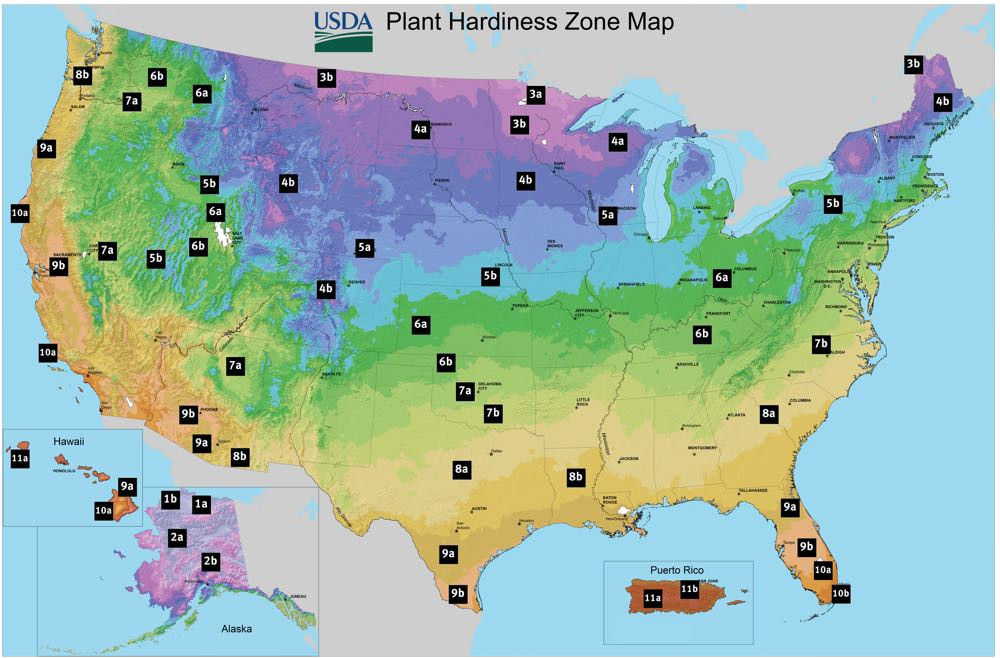Regional Gardening, USA Hardiness Zones, Plant Hardiness
Based on the minimum ten-year average winter temperatures, plant hardiness zone maps have been progressively developed, first by the Department of Agriculture (USDA) for the United States and then more or less applied to the rest of the planet. The purpose of these hardiness zones is to identify how well plants will withstand the cold winter temperatures of these zones.
Selecting plants suited to your climate will be a key step to success. If you know your hardiness zone, find the best plants or exciting garden ideas for your geographic area.

Find the best plants or exciting garden ideas for your hardiness zone
| Hardiness |
2 - 13 |
|---|
Photo: 123rf
| Hardiness |
2 - 13 |
|---|
Create a membership account to save your garden designs and to view them on any device.
Becoming a contributing member of Gardenia is easy and can be done in just a few minutes. If you provide us with your name, email address and the payment of a modest $25 annual membership fee, you will become a full member, enabling you to design and save up to 25 of your garden design ideas.
Join now and start creating your dream garden!
Create a membership account to save your garden designs and to view them on any device.
Becoming a contributing member of Gardenia is easy and can be done in just a few minutes. If you provide us with your name, email address and the payment of a modest $25 annual membership fee, you will become a full member, enabling you to design and save up to 25 of your garden design ideas.
Join now and start creating your dream garden!